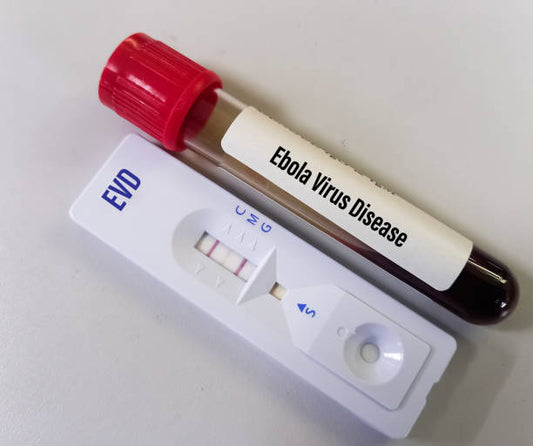The Pradhan Mantri Jan Aushadhi Yojana (PMJAY) is a government-run initiative in India aimed at providing affordable and quality medications to the citizens. Launched in 2008, the scheme focuses on making generic medicines available at lower prices through Jan Aushadhi Kendras or outlets across the country.
Key Objectives of PMJAY:
-
Accessible and Affordable Medicines: PMJAY aims to ensure that quality generic medicines are easily accessible and affordable to all, especially to economically disadvantaged sections of society.
-
Reducing Healthcare Expenses: By providing low-cost generic alternatives to expensive branded drugs, the scheme intends to reduce the financial burden on patients seeking essential medications.
-
Increasing Health Coverage: PMJAY aims to enhance healthcare coverage by making essential drugs available at affordable prices in both rural and urban areas.
Features and Benefits:
-
Quality Assurance: Medicines available under PMJAY go through stringent quality checks and are required to meet specified standards to ensure efficacy and safety.
-
Wide Availability: Jan Aushadhi Kendras are established across the country, offering a wide range of generic medicines at significantly lower prices compared to their branded counterparts.
-
Affordable Prices: Generic medicines provided through PMJAY are substantially cheaper, making them accessible to people from all socio-economic backgrounds.
-
Support to Healthcare Professionals: The scheme extends support to healthcare professionals and encourages them to prescribe generic drugs to patients whenever possible.
Conclusion:
Pradhan Mantri Jan Aushadhi Yojana strives to make quality healthcare accessible and affordable for all by providing generic medicines at reduced prices. By expanding the availability of cost-effective medications, the scheme aims to positively impact the overall healthcare landscape and financial well-being of the population.












